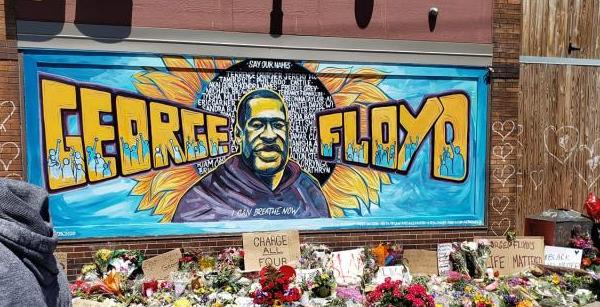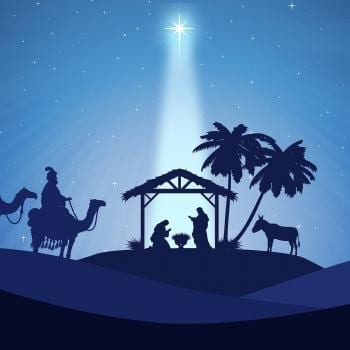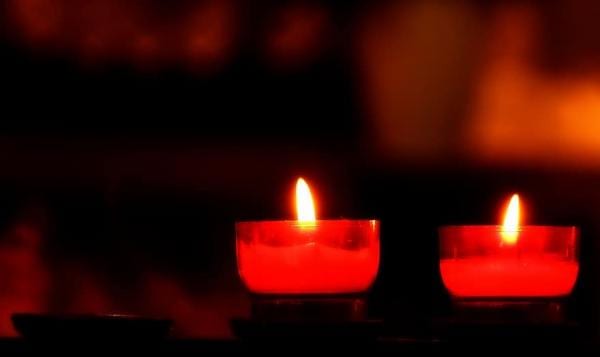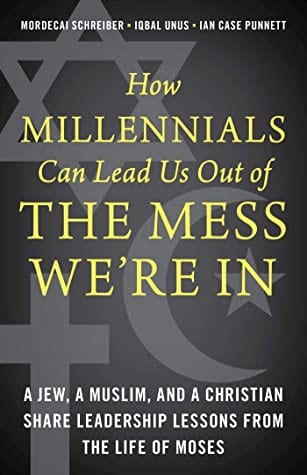There is an excellent and concise overview of the historical foundations of and development of white supremacy in the book, Stand Your Ground: Black Bodies and the Justice of God, by Kelly Brown Douglas.
The opening chapter lays out the history of the “Anglo-Saxon myth” as it took shape in the founding of America. The 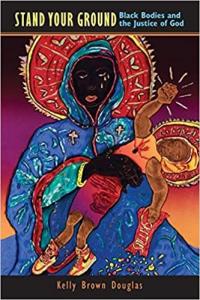 Anglo-Saxon myth says that Anglo-Saxons are an exceptional and superior race of people. This myth began with the idea that Anglo-Saxon institutions are exceptional, and morphed into the notion that Anglo-Saxon blood and Anglo-Saxon language are exceptional – superior to that of people of color.
Anglo-Saxon myth says that Anglo-Saxons are an exceptional and superior race of people. This myth began with the idea that Anglo-Saxon institutions are exceptional, and morphed into the notion that Anglo-Saxon blood and Anglo-Saxon language are exceptional – superior to that of people of color.
Even though Anglo-Saxons on American soil were immigrants, they were considered a special kind of immigrant; a “chosen” people on a chosen land that they somehow owned (never mind those who occupied that land prior to their arrival).
Anglo-Saxons were considered to be “purely white people” (Benjamin Franklin’s assertion) and as such to have special claim to the land and to represent the exceptionalism of a America and its identity. Indeed, this “construction of whiteness,” as Douglas describes it, was based in a theological claim–it is a religious narrative: “Not only did the early American Angl0-Saxons believe their mission to be one of erecting God’s “city on a hill” but they also came to believe that they essentially had divinity running through their veins” (pg. 42).
To be white is to be close to God. To be dark-skinned is to be alienated from God.
“Moreover, within this narrative of Anglo-Saxon exceptionalism, that which whiteness most opposes is also that which God most opposes–that is, blackness.” (pg. 43). Follow the logic further – as they did – and the claim results not just in whiteness as pure, chosen, and superior, but blackness as impure, alienated, and as sin. And the conclusion of the logic: God is white–not just God’s chosen people.
Douglas’ book is a remarkable book; it was written after the death of to understand the death of Trayvon Martin and the application of the “Stand Your Ground” law. Who has the right to “stand your ground”? That depends on your “blood,” your race, your heritage, the color of your skin. It depends on who has the right to the ground. And then: who has the right to their own bodies as they walk (or run) on that land.
This brief and powerful history of white supremacy is, tragically enough, no less relevant today in the immediate wake of George Floyd’s murder, under the knee of police.
It is impossible to fully grasp police violence against black bodies, the injustice and inequities in the criminal system, the glaring and desperate need for systemic transformation, without grasping first the history of American exceptionalism and its intricate link to the construction of “whiteness” and to the flawed and destructive myth of white supremacy.
It’s also important to realize the role that Christian religion and Christian theology played in the perpetuation of this myth of American exceptionalism, and the accompanying de-humanizing of black and brown bodies. This due in part to to the construction of theology and the interpretation of the Bible through the lens of white supremacy, the grasping for power, and the construction of whiteness itself. This construction was biologically faulty, theologically perverse, and persistently destructive and evil.
As Douglas puts it toward the end of this chapter: “The narrative of exceptionalism simply has not gone away. It is stubborn. It continues to enact itself through the stand-your-ground culture it produced to reinforce its shield, whiteness” (pg. 45).
